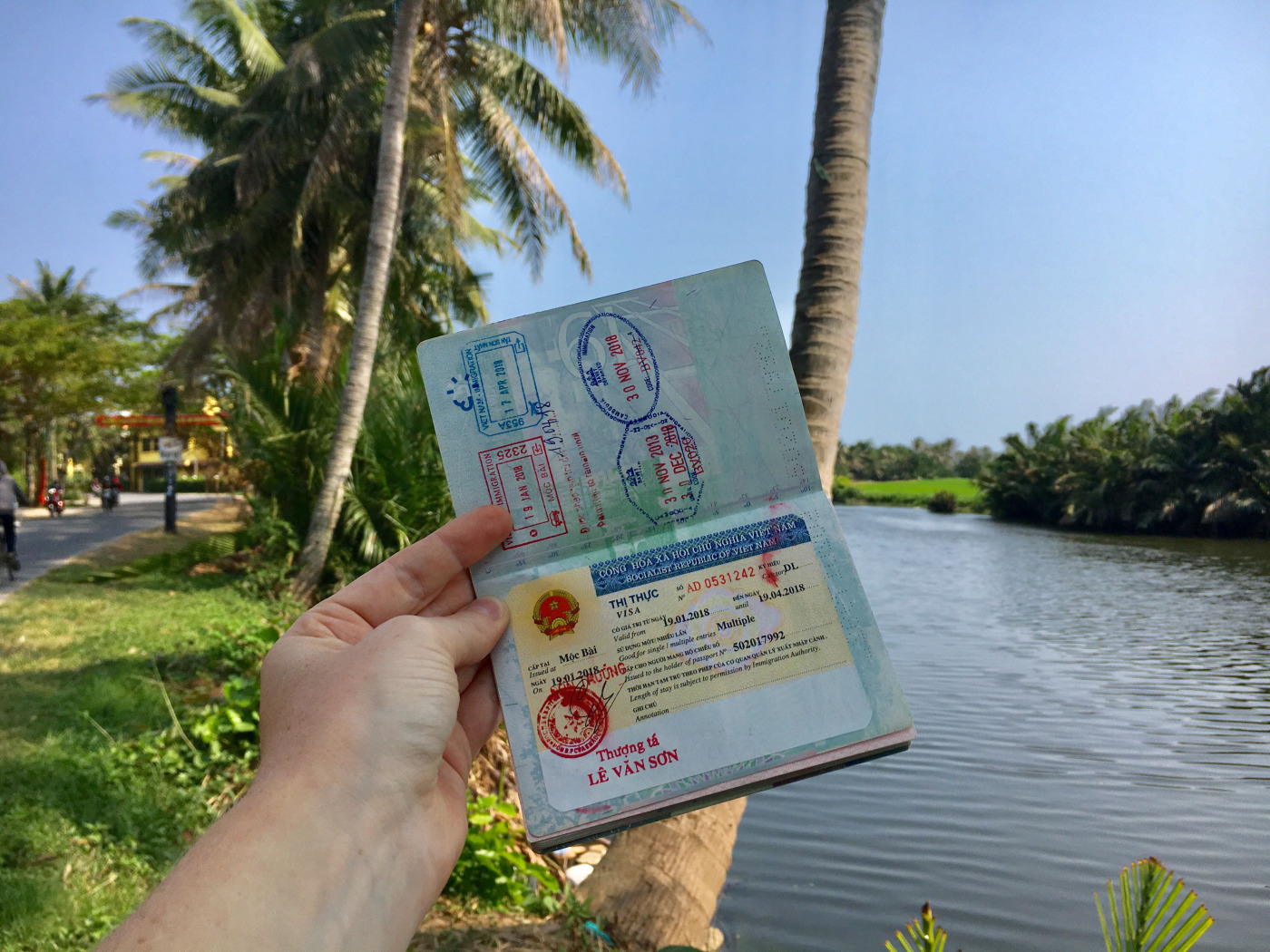
Vietnam Multiple Entry Visa Overview:
Vietnam offers the convenience of multiple entry visas for those who plan to visit the country more than once within a specified period. This type of visa allows travelers to enter and exit Vietnam multiple times, making it suitable for business professionals, frequent visitors, or individuals wishing to explore the country at their own pace.
Vietnam Multiple Entry Visa Duration:

The duration of a multiple entry visa for Vietnam varies depending on the specific visa type and the purpose of the visit. Generally, these visas can be valid for either three months, six months, or even up to one year. It’s important to note that the duration of each stay per entry is typically limited to 30 or 90 days, depending on the visa category.
Summary:
- Multiple entry visas can have a validity of three months, six months, or up to one year.
- Each stay per entry is usually limited to 30 or 90 days, depending on the visa category.
Vietnam Multiple Entry Visa Eligibility:

To be eligible for a multiple entry visa to Vietnam, certain criteria must be met. The eligibility requirements may vary slightly based on the purpose of the visit, such as tourism, business, or visiting family or friends. Here are some common eligibility factors:
- Passport Validity: Your passport should have a minimum validity of six months from the date of entry into Vietnam.
- Purpose of Visit: You must clearly state the purpose of your visit, whether it’s for tourism, business, family visitation, or other allowable reasons.
- Financial Proof: You may be required to provide evidence of sufficient funds to cover your expenses during your stay in Vietnam.
- Return Ticket: In some cases, you might need to demonstrate proof of onward travel by presenting a return or onward ticket.
- Health and Character Requirements: You should be in good health and possess a clean criminal record.
Summary:
- Ensure your passport is valid for at least six months from the date of entry.
- Clearly state the purpose of your visit.
- Provide evidence of sufficient funds for your stay.
- Have proof of return or onward travel.
- Maintain good health and possess a clean criminal record.
Documents Required for Vietnam Multiple Entry Visa:

The documents needed to apply for a multiple entry visa to Vietnam may vary depending on your nationality and the local embassy or consulate requirements. However, here are some commonly requested documents:
- Passport: A valid passport with at least six months’ validity beyond the intended departure date.
- Visa Application Form: Complete and sign the visa application form accurately.
- Passport Photos: Recent passport-sized photos meeting the specifications set by the embassy or consulate.
- Invitation Letter: For business-related visits, an invitation letter from the Vietnamese company or organization you plan to visit may be required.
- Flight Itinerary: A copy of your flight itinerary showing your entry and exit dates from Vietnam.
- Financial Documents: Bank statements or other financial proof demonstrating that you have sufficient funds to cover your expenses.
- Accommodation Details: Provide evidence of hotel reservations or a letter of invitation from your host if staying with friends or family.
- Additional Supporting Documents: Depending on your specific circumstances, additional documents might be required, such as employment letters, proof of travel insurance, or travel plans.
Summary:
- Valid passport with at least six months’ validity.
- Completed and signed visa application form.
- Recent passport-sized photos.
- Invitation letter (if applicable).
- Flight itinerary.
- Financial documents.
- Accommodation details.
- Additional supporting documents based on individual circumstances.
Application Process for Vietnam Multiple Entry Visa:

The process of applying for a multiple entry visa to Vietnam generally involves the following steps:
- Research: Familiarize yourself with the specific requirements and procedures of the Vietnamese embassy or consulate in your country of residence.
- Gather Required Documents: Collect all necessary documents as outlined in the previous section.
- Complete the Application Form: Fill out the visa application form accurately, ensuring that all information provided is correct and matches the supporting documentation.
- Submit Application: Submit your completed application form, along with the required documents, to the Vietnamese embassy or consulate either in person or by mail, depending on their guidelines.
- Pay Visa Fees: Pay the applicable visa fees, which can vary based on the type and duration of the multiple entry visa.
- Wait for Processing: The processing time for a multiple entry visa can vary, but it usually takes several business days. During this period, the embassy or consulate will review your application and supporting documents.
- Collect Your Visa: Once your visa has been approved, collect it from the embassy or consulate. Make sure to check the validity dates and other details to ensure they are accurate.
Summary:
- Research the requirements of the Vietnamese embassy or consulate in your country.
- Gather the necessary documents.
- Complete the applicationform accurately.
- Submit the application form and required documents to the embassy/consulate.
- Pay the visa fees.
- Wait for processing.
- Collect the approved visa from the embassy/consulate.
Vietnam Multiple Entry Visa Fees:
The fees associated with obtaining a multiple entry visa for Vietnam vary depending on the duration of the visa and your nationality. It’s important to check with the Vietnamese embassy or consulate in your country for the exact fee structure. Generally, the fees can be categorized as follows:
- Visa Processing Fee: This is the basic fee charged for processing your visa application. The amount may differ based on the type and duration of the multiple entry visa.
- Stamping Fee: Upon arrival in Vietnam, you will need to pay a stamping fee in cash at the immigration counter. The stamping fee is fixed and can vary depending on the length of stay specified in your visa.
- Additional Services: If you choose to use a visa agency or a visa-on-arrival service, additional fees may apply.
Summary:
- Visa processing fee varies based on the visa type and duration.
- Stamping fee is paid upon arrival and depends on the length of stay.
- Additional fees may apply for using visa agencies or visa-on-arrival services.
Validity of Vietnam Multiple Entry Visa:
The validity of a multiple entry visa for Vietnam depends on the specific visa type and the duration you requested during the application process. As mentioned earlier, the visas can be valid for three months, six months, or up to one year. It’s essential to note that the validity period starts from the date of issuance, not from the date of entry into Vietnam.
For example, if you have a six-month multiple entry visa issued on January 1, 2023, it will remain valid until June 30, 2023, regardless of when you actually enter Vietnam. Once the visa expires, it cannot be used for further entries or stays in the country.
Summary:
- Validity of multiple entry visas depends on the requested duration during the application process.
- The validity period starts from the date of issuance, not the date of entry.
- Once the visa expires, it cannot be used for further entries or stays.
Renewing or Extending Vietnam Multiple Entry Visa:
Renewing or extending a multiple entry visa for Vietnam is possible under certain circumstances. However, it’s important to understand the rules and regulations surrounding this process as they may vary.
- Renewal: If you have a multiple entry visa that is nearing its expiration date, and you wish to continue visiting Vietnam, you can apply for a renewal. To renew your visa, you need to leave Vietnam before the current visa expires, apply for a new visa at the Vietnamese embassy or consulate in another country, and then re-enter Vietnam with the new visa.
- Extension: If you are already in Vietnam and your multiple entry visa is about to expire, you have the option to extend your stay without leaving the country. To do so, you should contact the Immigration Department or a travel agency specializing in visa extensions. It’s worth noting that extension requests are subject to approval, and there may be limitations on the maximum duration of the extension.
Summary:
- Renewal requires leaving Vietnam, applying for a new visa, and re-entering.
- Extensions can be requested within Vietnam through the Immigration Department or travel agencies.
- Approval and maximum extension duration are subject to regulations.
Restrictions and Limitations of Vietnam Multiple Entry Visa:
While a multiple entry visa to Vietnam offers flexibility and convenience, there are certain restrictions and limitations to keep in mind:
- Stay Duration: Each entry into Vietnam allows for a specific duration of stay (usually 30 or 90 days) as indicated on the visa. It’s crucial to adhere to these limits to avoid overstaying, which may result in fines or other penalties.
- Entry Points: The Vietnam multiple entry visa allows you to enter the country through various ports of entry, including international airports, land border crossings, and seaports. However, it’s advisable to check specific restrictions and regulations pertaining to each entry point before planning your travel.
- Visa Expiration: Make sure to keep track of the expiration date of your multiple entry visa. Once it expires, you will need to apply for a new visa or leave Vietnam.
- Purpose of Visit: It’s essential to use your multiple entry visa for the purpose stated during the application process. For example, if you obtained a business visa, you should primarily engage in business activities while in Vietnam. Deviating from the stated purpose may lead to complications or potential legal issues.
Summary:
- Adhere to the specified duration of stay on each entry.
- Check restrictions and regulations at different entry points.
- Monitor the visa expiration date.
- Use the visa for the stated purpose to avoid complications.
Benefits of Vietnam Multiple Entry Visa:
Having a multiple entry visa for Vietnam comes with several advantages, including:1. Flexibility: With a multiple entry visa, you have the flexibility to enter and exit Vietnam multiple times within the validity period. This allows you to plan your trips more efficiently and make multiple visits without the need to apply for a new visa each time.
- Cost-Effectiveness: For frequent travelers to Vietnam, a multiple entry visa can be more cost-effective than obtaining multiple single-entry visas. It eliminates the need to pay visa fees and go through the application process every time you want to visit the country.
- Business Opportunities: If you frequently travel to Vietnam for business purposes, a multiple entry visa streamlines your travel arrangements. It enables you to attend meetings, conferences, and explore potential business opportunities without the hassle of applying for a visa each time.
- Time-Saving: By having a multiple entry visa, you save valuable time by bypassing the visa application process before each trip. This is especially beneficial for those with busy schedules or last-minute travel plans.
- Exploring the Country: Vietnam is a diverse and culturally rich country with many attractions to explore. A multiple entry visa allows you to immerse yourself in Vietnamese culture, visit different regions, and delve deeper into the country’s history and natural beauty at your own pace.
Summary:
- Flexibility to enter and exit Vietnam multiple times.
- Cost-effective for frequent travelers.
- Streamlines business travel arrangements.
- Saves time by eliminating the need to apply for a visa each time.
- Enables exploration of various regions of Vietnam.
Conclusion
In conclusion, the Vietnam multiple entry visa provides travelers with the convenience and flexibility to make multiple visits to Vietnam within a specified period. Understanding the requirements, duration, eligibility criteria, and application process is essential for a smooth and successful visa application. By complying with the regulations and restrictions associated with the multiple entry visa, travelers can enjoy the benefits of easier access, cost savings, and more efficient travel arrangements. Whether you are visiting Vietnam for business or leisure, the multiple entry visa offers a convenient solution to explore this captivating country.


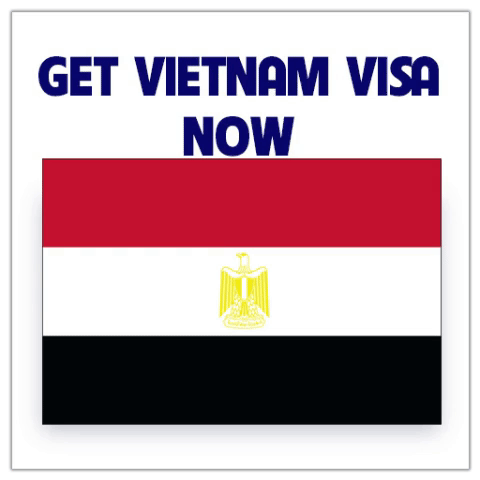
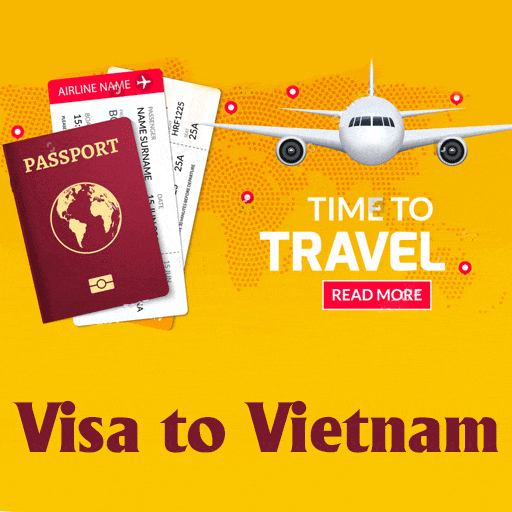
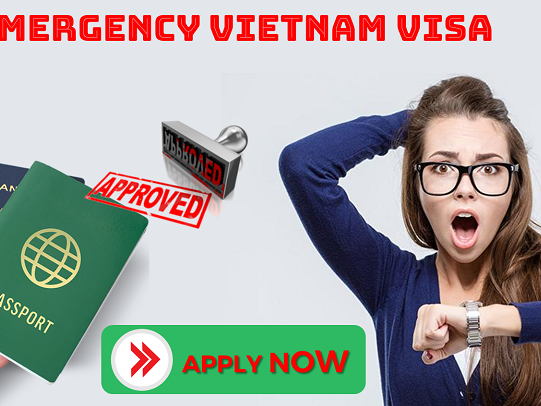



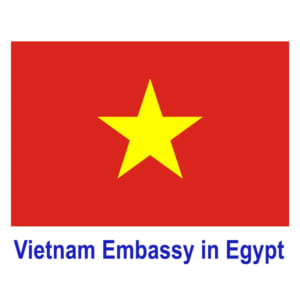

Leave a Reply